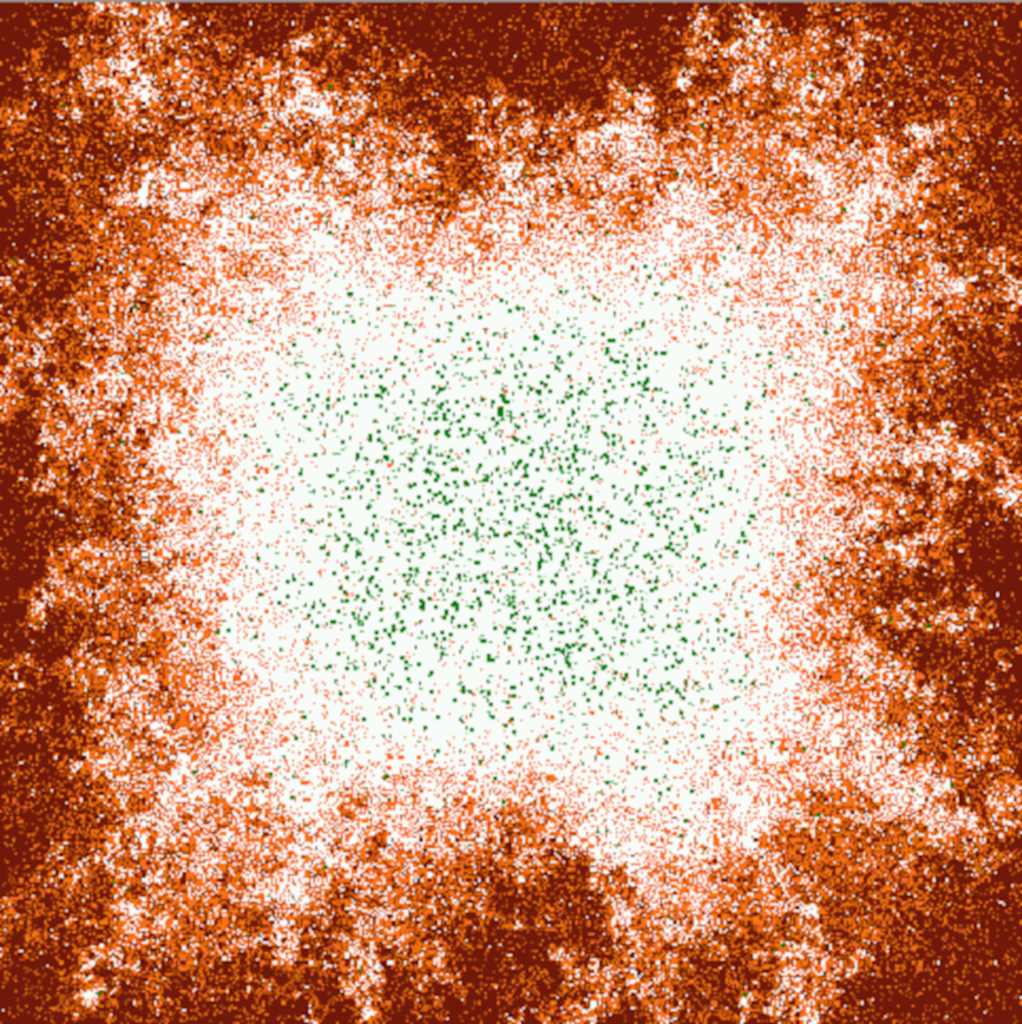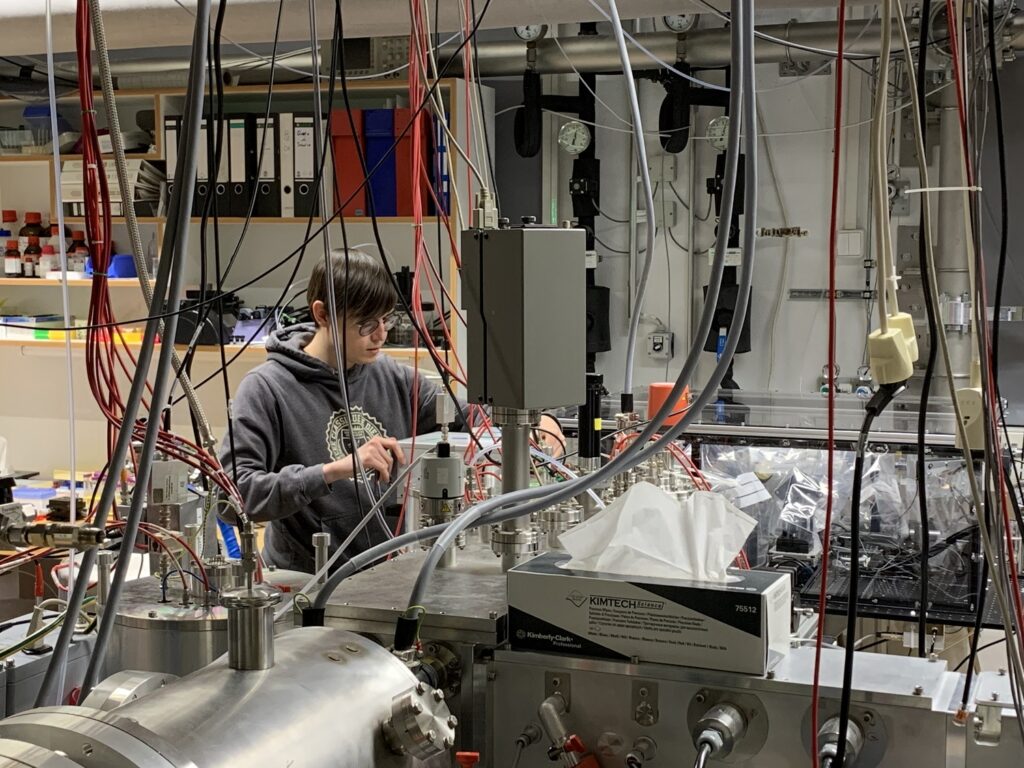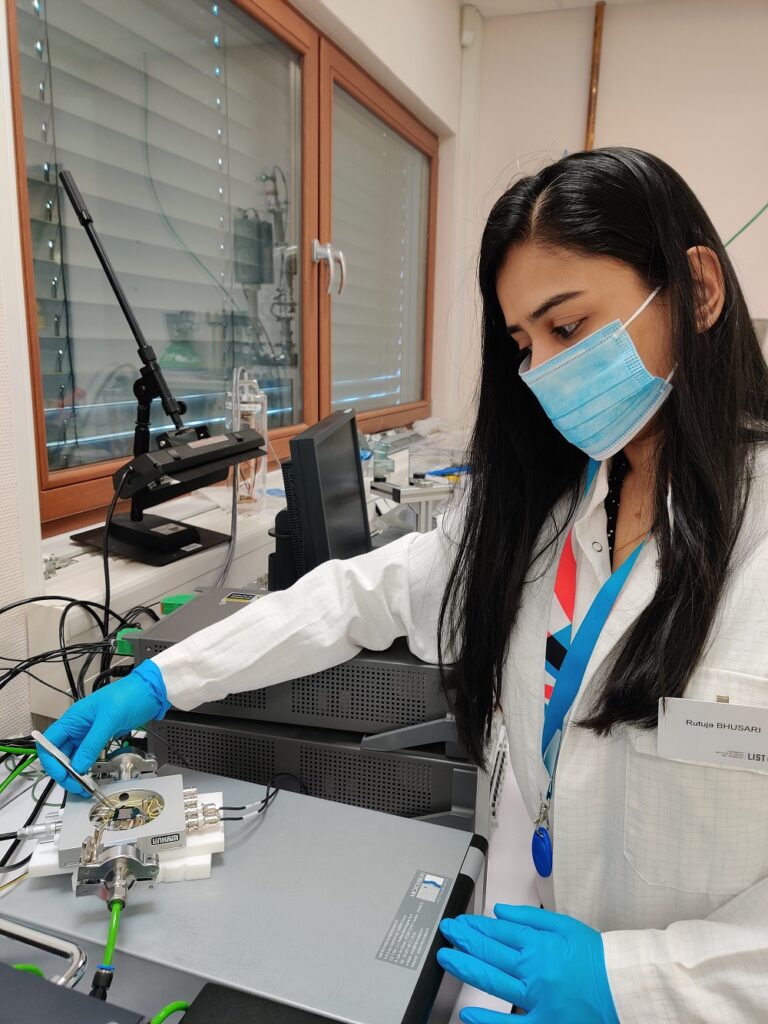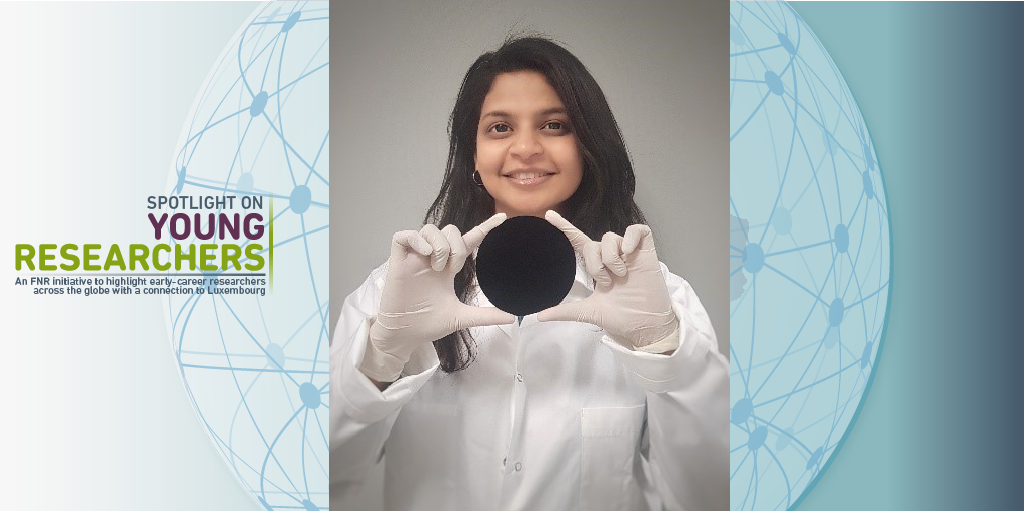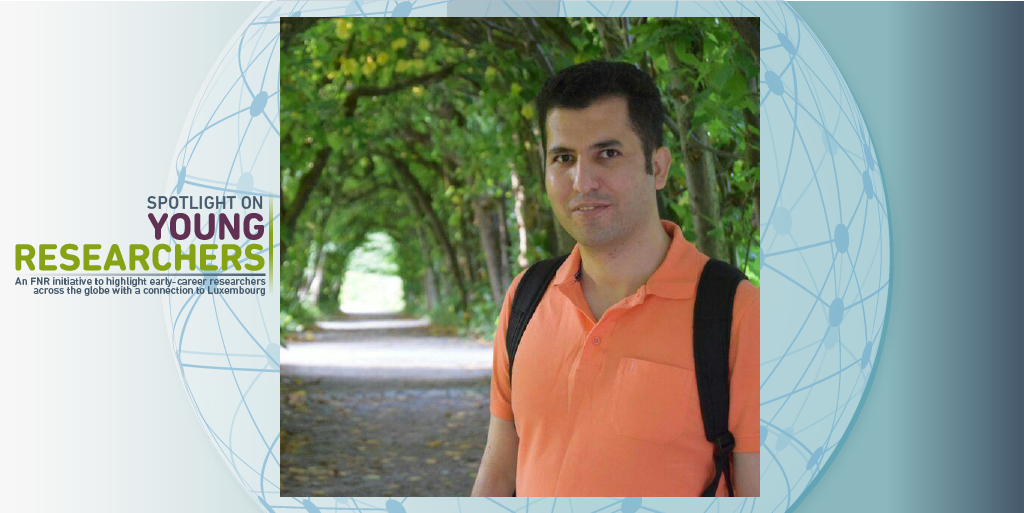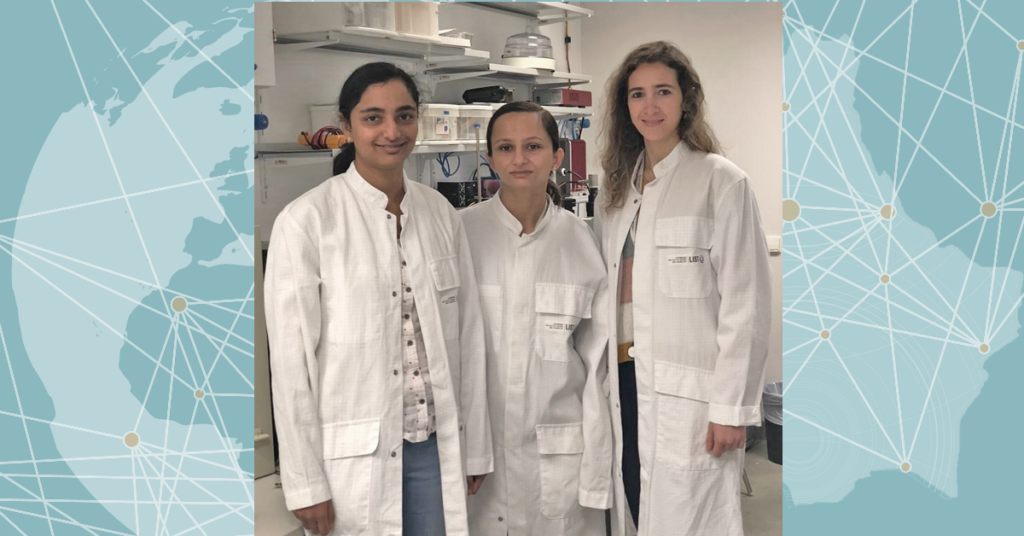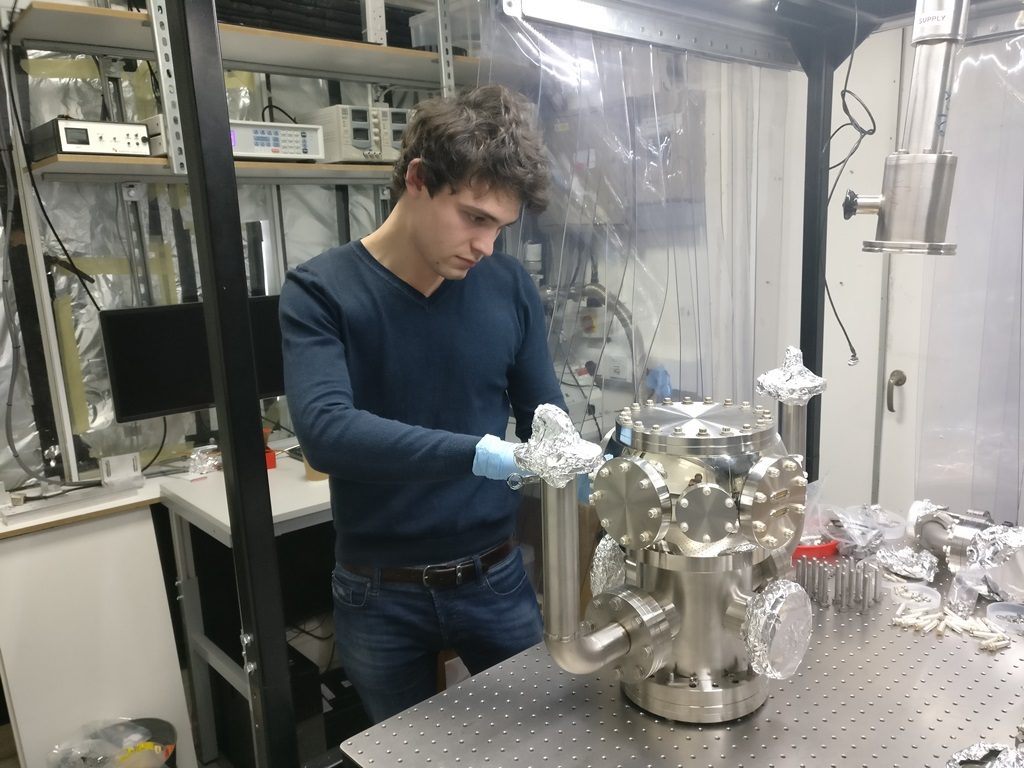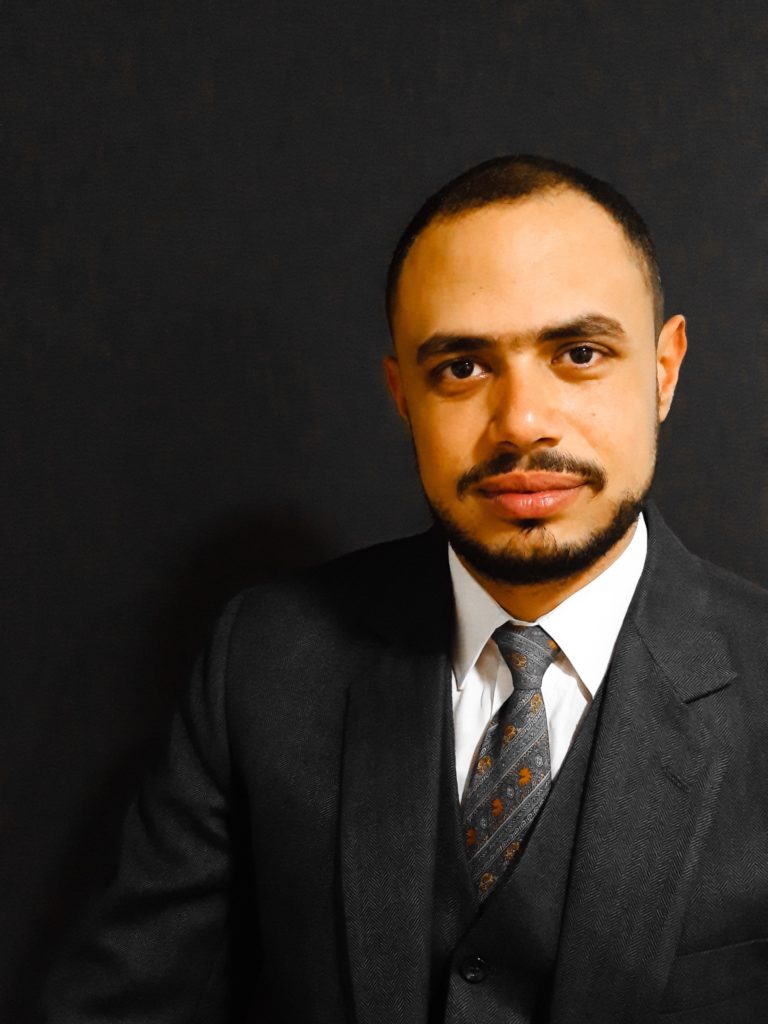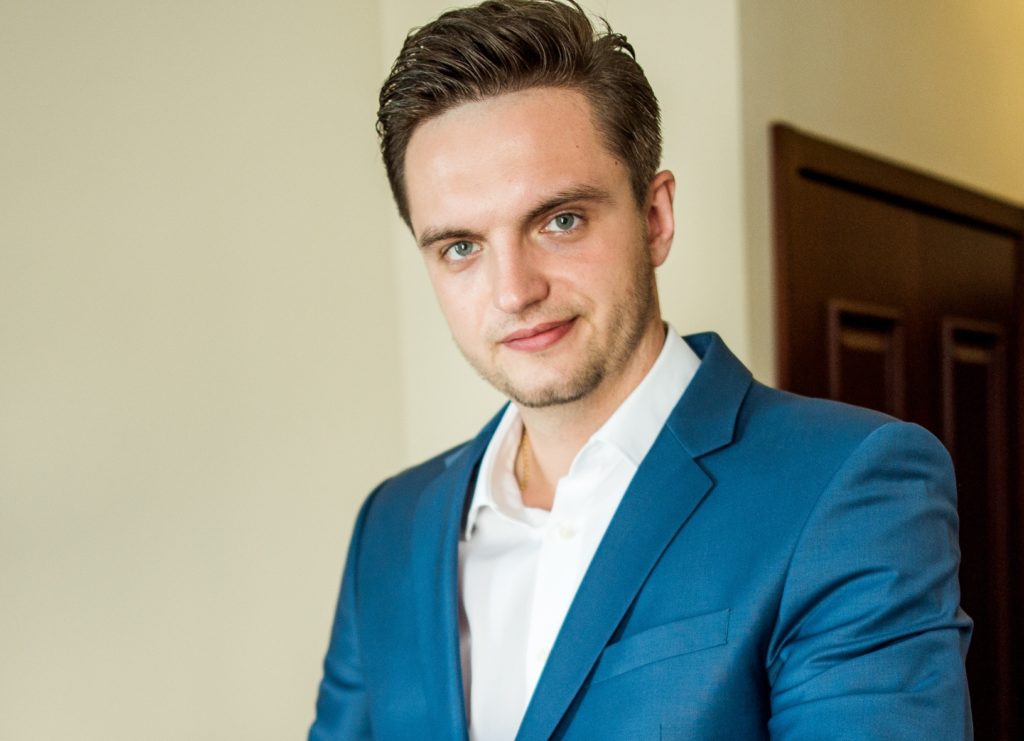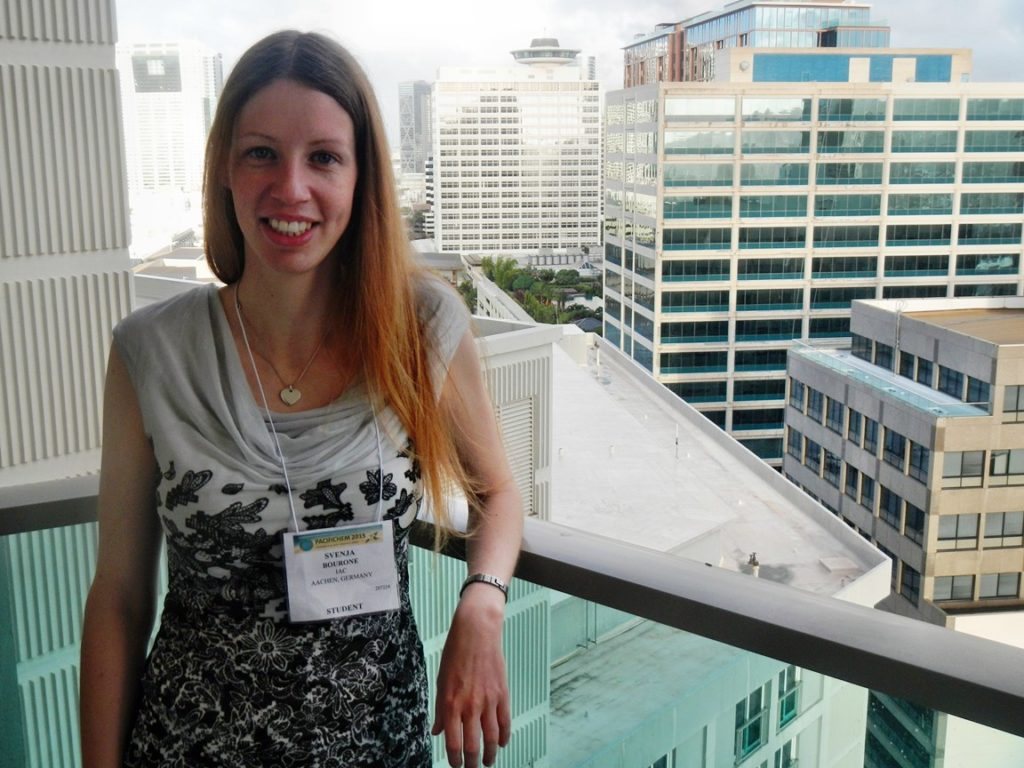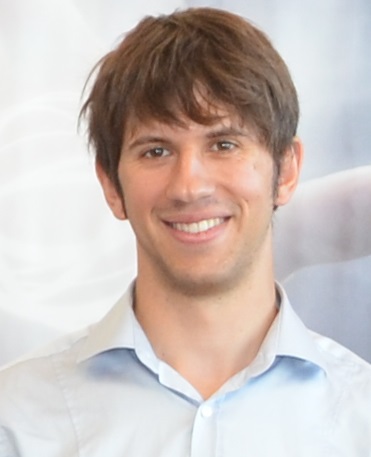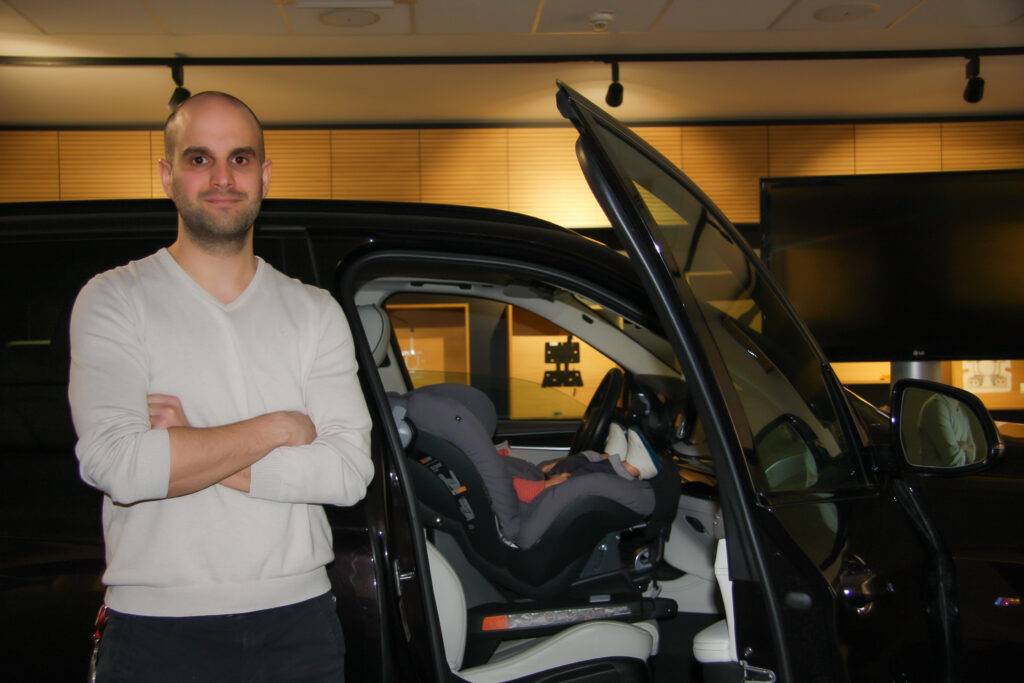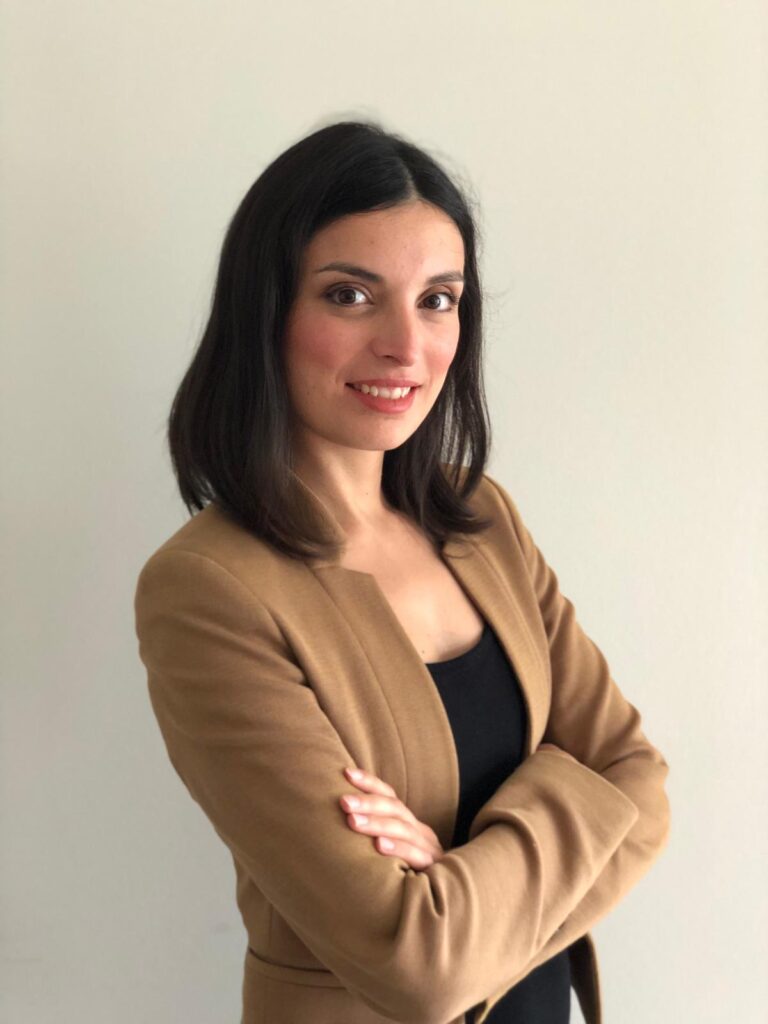
Splitting her time between the Luxembourg Institute of Science and Technology (LIST) and company LuxSpace as part of an Industrial Fellowship, Postdoc Ramona Pelich uses data from earth observation satellites to improve maritime surveillance and flood hazard monitoring.
The overall goal is to develop innovative space-borne Synthetic Aperture Radar (SAR)-based vessel monitoring and route prediction methods in the domain of Maritime Surveillance (MS).
Using data from space to monitor Earth
Ramona’s primary research goals revolve around the use of Earth Observation (EO) data for the improvement of maritime surveillance and flood hazard monitoring applications. Her current research addresses challenges such as characterisation of floods in urban areas and estimating the velocity of vessels:
“I work on interpreting spatially and temporally distributed radar signatures from different parts of the world. My goal is to use this knowledge to develop innovative applications addressing societal challenges at global scale. Examples of such applications are near real-time detection of floods and vessels using data streams generated by the Copernicus mission of the European Space Agency (ESA),” Ramona explains.
Working with various types of Earth monitoring data acquired through space sensors, such as space-borne Synthetic Aperture Radar (SAR) sensors and Automatic Identification Systems (AIS) receivers. Ramona uses information processing techniques she acquired during her Engineering and PhD studies to make sense of the data.
“This is a unique opportunity to develop new applications making use of this infrastructure and bring them to the market in close collaboration with local industry”
Exciting times are ahead for research in Luxembourg involving space and research using space born data – and for research collaborations between industry and research. Ramona points out that Luxembourg in 2017 signed a collaboration agreement with the European Space Agency (ESA), with the objective to establish the Luxembourg Sentinel Collaborative Ground Segment (LUCollGS) that will allow Luxembourg privileged access to the Earth Observation Data from the ESA.
“I am among the first recipients of an Industrial Fellowship grant for a project that assesses maritime surveillance with Sentinel-1 data. My experience in carrying out research both at a Research and Technology Organization (RTO), LIST, and a private company, LuxSpace, is ideally placed in the framework of LUCollGS.
“This is a unique opportunity to develop new applications making use of this infrastructure and bring them to the market in close collaboration with local industry. I believe that such collaborations will perpetuate since both the research labs and private companies can benefit from joint projects.”
Ramona explains that collaborating with an industry partner allows her to have a vision from an industrial point of view with respect to the maritime surveillance domain:
“A concrete example of this collaboration is fact that I can validate my ship detection algorithms based on Synthetic Aperture Radar (SAR) images with Automatic Identification System (AIS) data flows provided by LuxSpace.
“Moreover, Luxembourg is actively involved in the maritime surveillance domain, for instance through its Commissariat aux Affaires Maritimes (CAM), which has shown an interest in my Industrial Fellowship project.”
Ramona’s collaborative project with LuxSpace is progressing so well that it has already led to a new project – TransparentSea – a collaboration between LIST and LuxSpace, funded by ESA, revolving around smallscale maritime surveillance for the sustainable management of fishing.
This success story originates from the FNR 2018 Annual Report – view the Annual Report as PDF or interactive digital version
Industrial Fellowships
The aim of the Industrial Fellowships programme (formerly AFR-PPP) is to foster the cooperation between Luxembourg based companies active in R&D and public research institutions in Luxembourg and/or abroad. The scheme awards PhD and Postdoc grants to researchers who carry out their PhD and/or postdoc training in collaboration with a company in Luxembourg.
DOMAIN: SR – Environmental and Earth Sciences
PERIOD: 01.03.2015 to 29.02.2020







